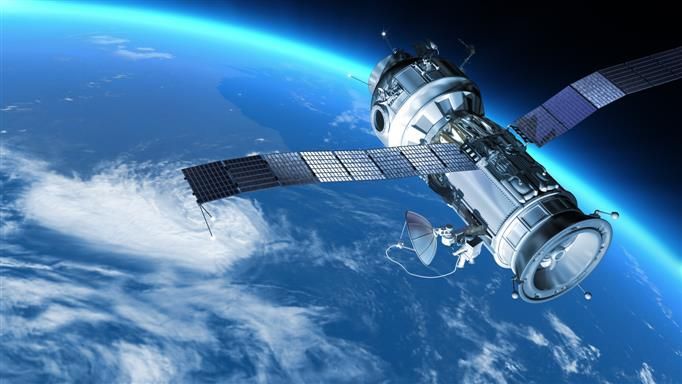
Back to selection
GEO Satellite
INSAT-2D GEO
succesfull
Launch date
3 June 1997
Country

Purpose
Communication
Position
93.5° East
Manufacturer
Indian Space Research Organization (ISRO)
Operator
Indian Space Research Organization (ISRO)
Launch operator
Launch vehicle
Ariane 44LP
Expected lifetime
12 Years

INSAT-2D: Indian Communications Satellite Launched in 1997
INSAT-2D was a geostationary communications satellite launched by India on June 4, 1997, as part of the INSAT-2 (Indian National Satellite System) series. It was the fourth communications satellite in the INSAT-2 lineup, developed to enhance India’s national telecommunication, broadcasting, and mobile communication services.
The satellite was launched aboard an Ariane 4 rocket from the Guiana Space Centre in French Guiana and was positioned at 93.5° East in geostationary orbit.
Mission Purpose and Payload
The primary goal of INSAT-2D was to improve communication infrastructure across India, with a focus on:
-
Telecommunications
-
Direct-to-home broadcasting (DTH)
-
Mobile satellite services
INSAT-2D was equipped with a powerful communication payload that included:
-
16 Extended C-band transponders for fixed satellite services (FSS)
-
2 High-power C-band transponders for broadcasting satellite services (BSS)
-
1 S-band transponder for BSS
-
1 C/S-band mobile communications transponder
-
3 Ku-band transponders
Satellite Specifications
-
Launch Mass: 2,079 kg (4,583 lbs)
-
Dry Mass: 995 kg (2,194 lbs)
-
Power Generation: 1,650 watts
-
Expected Lifespan: 7 to 9 years
Operational History and Replacement
Shortly after its successful deployment, INSAT-2D experienced a critical power system failure on October 4, 1997, rendering the satellite non-operational within just four months. To maintain service continuity, INSAT-2DT—a satellite acquired from ARABSAT and formerly known as ARABSAT-1C—was positioned as a replacement.
GEO Satellite
INSAT-2D
succesfull
GEO Satellite
INSAT-2D
succesfull
GEO Satellite
INSAT-2D
succesfull